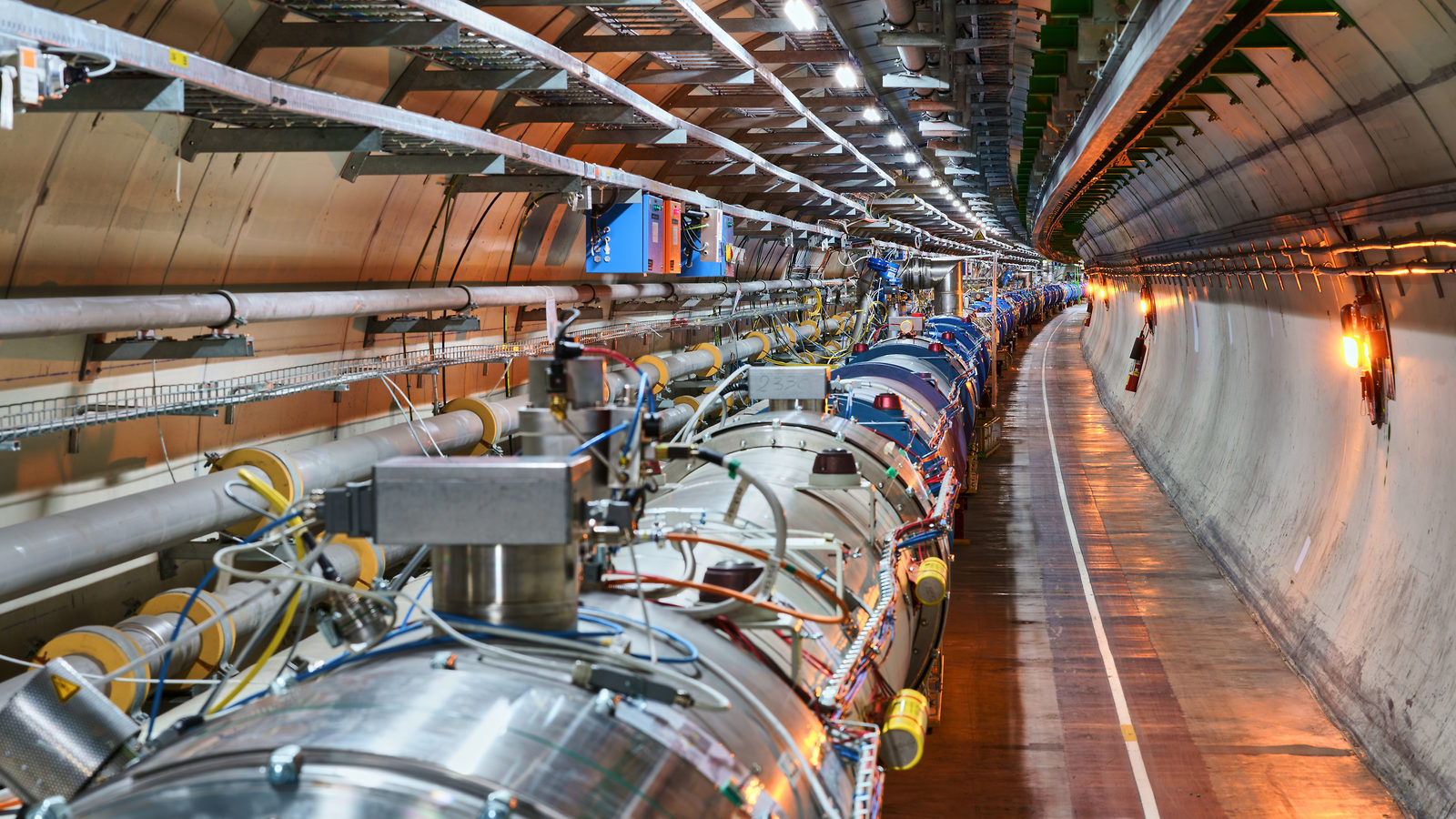Research in Theoretical Particle Physics at SMU
Welcome! Our research group at SMU works at the forefront of theoretical high-energy particle physics, asking fundamental questions about the nature of matter and its interactions. We focus on understanding the intricate structure of particles like the proton and predicting the outcomes of high-energy collisions at experiments like the Large Hadron Collider at CERN, using advanced mathematics and computational tools.
…Or, to put it more directly: we do precision calculations for particle colliders.

My philosophy is discovery through precision. Finding even a small deviation from our theoretical predictions can point the way to new physics, and confirming our predictions at higher energies is a discovery in itself. Our work is at the interface between theory and experiment, developing the sophisticated calculations and tools necessary to interpret data from the world’s leading physics experiments.
My research program puts this philosophy into practice through two primary, synergistic research thrusts. Both are aimed at tackling the most significant theoretical uncertainties that limit the potential for new discoveries at the energy frontier:
The Precision Frontier in Collider Phenomenology: This work involves developing and applying state-of-the-art techniques to perform higher-order perturbative calculations for processes at the LHC, such as single and multi-boson production. This research often involves collaboration within the MCFM framework and LHC experimentalists.
First-Principles Hadron Structure: A promising path forward in tackling theoretical uncertainties lies in ab-initio calculations of parton distribution functions (PDFs) from the fundamental theory of QCD. We are pioneering this effort by exploring and calculating perturbative methods that connect Euclidean quantities calculable on the lattice to the physical PDFs. A key part of our strategy is the exploration of the “gradient flow” formalism for a precise and numerically efficient matching.